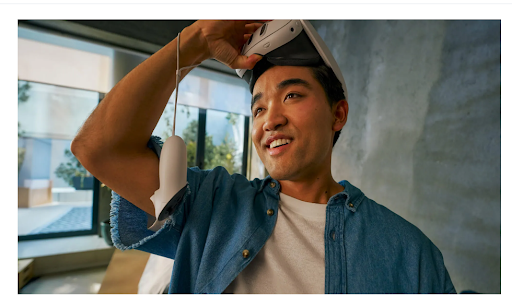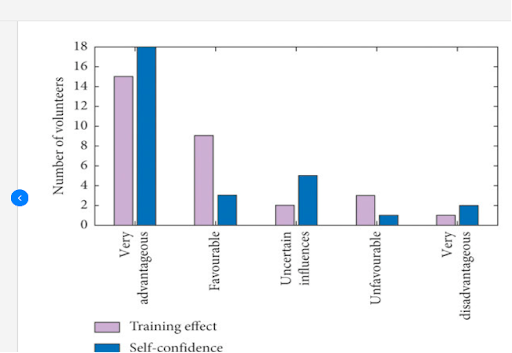
Virtual reality is an imitation of the real world environment through technology. It uses computer modeling and simulation that can allow a person to interact with an artificial three dimensional visual and other sensory environment [VR definition] This interaction is made possible by the use of headsets, googles, gloves, or bodysuits. [VR definition] Our entire experience of reality is a combination of our sensory information and our brain's sense making mechanisms for that information.[What is VR?] Being the only person at a time who can experience the immersion of virtual reality brings with it an experience that can only be explained by the person being immersed. Being in a place like that would be accompanied by a sense of responsibility and self-reliance, which may lead to higher self-esteem. I argue that unique virtual reality experiences are positively correlated to high self-esteem in individuals.
Self esteem is defined as how we perceive and value ourselves [Self Esteem?]. I define it as the ability to motivate and believe in yourself. The two definitions reflect the similarity in considering self esteem as coming from ourselves. There are many factors that impact people's perception of self, such as their environment, past experiences, what they are exposed to on a daily basis, and how prepared they feel.
I struggled with low self esteem for a very long time. It was difficult for me to speak up, share my thoughts, and feel prepared for presentations. It was relieving when I learned that with practice and effort, self esteem could be elevated. I started participating in activities that required me to speak and prepared myself early. When I experienced virtual reality, it was so exciting to feel like I was in control and that I was the only one who could explain what I had experienced in the immersion.
The use of virtual reality for practice is an example of an environmental factor that can positively impact people's readiness and self esteem. There are virtual applications that let you practice in front of a virtual audience in your choice of environment Goodworklabs. This can be used for interview and speech preparation that help elevate people’s confidence before making a presentation in front of a real audience.
For instance, healthcare professionals use virtual reality for their training for surgeries Futuclass. This practice on virtual bodies helps them improve their skills. Research by Ubisim to test the efficiency of virtual Reality as a training tool for nursing students showed that headset based simulation improves accuracy and increases self confidence among sophomore undergraduate nursing students Ubisim.
One can argue that since virtual reality is not real, it can not create a real experience for individuals, therefore having a small impact on their confidence and experience. This is connected to the article by aeon that describes why we need to touch our keys to believe they are in our bag aeon. It suggests that we instinctively trust our sense of touch more than our sight. However, technology has advanced so much that immersion is likely to incorporate more senses Divergence. Currently, virtual reality is the closest thing we have to an imitation of reality so its use for practice has a positive impact on users’ preparedness.

The graph above shows the perception of athletes' confidence after using virtual reality for training. Most athletes in the study reported that they found virtual Reality to be very advantageous in their practice and boosted their self confidence.
All in all, the use of virtual reality is directly linked to effective preparedness. With vast applications and uses of virtual reality in many fields, elevating self esteem for users is among its advantages.
Image credit: Meta


